AI has now become a common term and a driving force for businesses. At first, people were skeptical about AI. But they soon realized its advantages. AI can automate boring tasks and help them with countless more things. Now? AI is everywhere, and UI/UX design is no exception.
AI is a new tool for designers that can speed up the design process. It’s like a car that gets much faster when it has an engine. However, there is also some doubt about this change. UX design has traditionally relied on human intuition, a lot of user research, and testing that changes over time. How would AI, a language model, conduct the work of humans? And the big question is: Will AI take over designers’ jobs?
In this article, we’ll look at how AI is changing the way design works. We’ll also talk about what that means for the future and what exciting new things might be possible for UX designers.
AI for UX Design: The Evolution
In the past, UX designers used their experience and what felt right to design the user interface. They’d spend ages watching how people use things, asking questions, and getting feedback to create a user flow that worked well. This is a great way to do things, but it also has its bumps in the road.
Like a psychologist, the UX designer understands what users think and act the best. However, it is also hard to turn those important insights into useful action items (we’re talking about weeks, if not even months). Then comes the testing phase, where they make changes based on user feedback – which can feel never-ending! They often felt like running in circles — slow, subjective, and required constant updates.
At the end of the road, the exhaustion could hinder innovation and efficiency, ultimately costing businesses significant time and resources. Designers needed a way to innovate faster and more effectively, and that’s where AI technology comes into play.
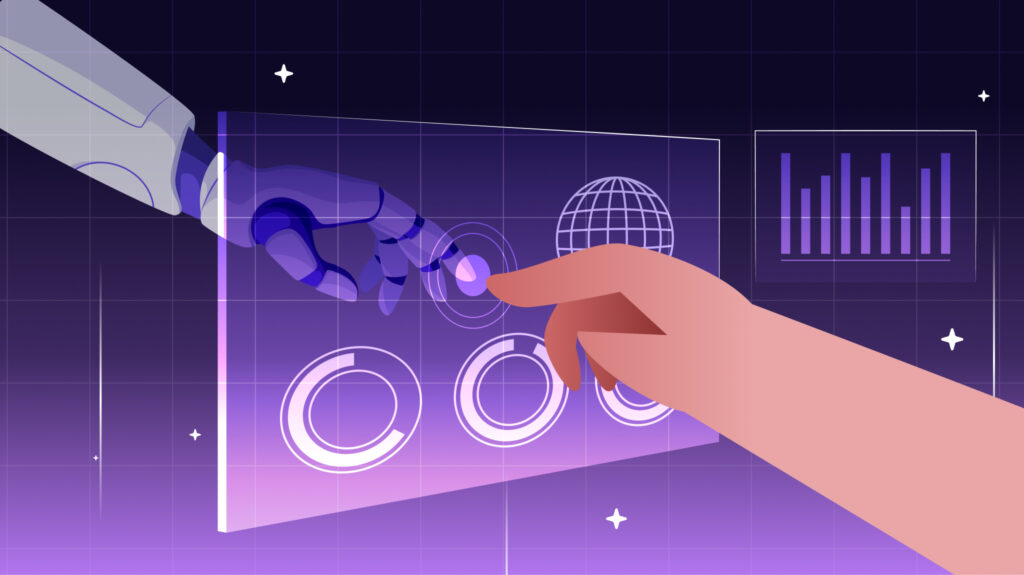
The Increasing Use of AI in Business
AI (Artificial Intelligence) has quickly changed from a forward-thinking idea to a strategic part of business operations. Machine learning, a subset of AI, plays a crucial role in this transformation. Machine learning means that systems learn from data and improve over time without being programmed. This helps businesses make better decisions, improve processes, and make customer experiences more personal.
How many businesses are using AI, and how?
Tech giants like Apple, Samsung, and many app developers are actively using AI in their products and services.
- A study by Exploding Topics shows that 77% of organizations are either using or exploring AI, and 83% of firms prioritize AI in their strategic planning.
- A survey from Forbes Advisor indicates that businesses are implementing AI in a diverse range of areas. The most prevalent uses include customer service, where 56% of respondents have integrated AI works, and cybersecurity and fraud management, which 51% of businesses have adopted.
In product development, Visily’s survey also pointed out that 63% of respondents use AI in writing. Ideation and brainstorming were only slightly less popular applications of AI: 59% of respondents said they use AI to help them come up with ideas.
Notably, among the jobs assessed, designers were the most likely to use AI tools for both document authoring (86%) and brainstorming activities (90%). Given that they were the second least likely to utilize AI for design activities (41%), only engineers were less likely to use AI tools for design, this is very noteworthy.
AI tools let UX designers do many things faster. They can automate tasks, look at user data, and make good UI designs quickly. It serves as a valuable aid in many of the UX project phases.
Analytics: AI tools specialized in analytics provide key industry insights into user behavior, making it easier to make data-driven decisions. For example, tools like Google Analytics use AI to identify user behavior patterns, helping designers understand which parts of a website are most engaging and which need improvement in the customer journey. Additionally, Hotjar’s AI-powered heatmaps visualize user interactions, highlighting areas of interest and potential usability issues, enabling designers to make informed adjustments based on insights from different user persona backgrounds.
Ideation: AI-based ideation tools can analyze trends and user data to suggest new design ideas. This can be a helpful starting point for brainstorming sessions and spark creative thinking in the design process. AI tools analyze design trends and suggest creative directions based on user data, considering various user personas. Platforms like ChatGPT and GPT-3 can also create content ideas. This gives designers many ways to start their projects.
Design Assistance: AI tools can assist designers with tasks like layout creation, color scheme selection, and maintaining consistency across different design elements. For example, tools like Colormind and Coolors use AI to create perfect color schemes based on user preferences and existing design elements. Visily, our AI-driven UI generation platform automates aspects of UI design by converting digital designs into editable mockups. It also includes a pre-made library to help maintain consistency across all UI elements, making the design process intuitive, even for new users.
Prototyping: AI-powered prototyping tools can revolutionize the UX design process with the ability to generate prototypes. These AI UX tools anticipate user experience patterns and link UI components, turning sketches into functional prototypes. This speeds up the UX process, letting designers see ideas clearly, get feedback quickly, and make the customer journey better to meet user expectations.
User Testing: Automated user testing uses AI tools to gather feedback efficiently, which means UX design workflow can be refined faster. AI analyzes user input to offer actionable insights, enabling designers to make swift adjustments. By simulating user interactions and collecting real-time feedback, AI supports precise iterations and improvements. This constant feedback helps improve the UX design and make the overall user experience better. It also makes sure it works well with both current and new users.
To learn more about the use of AI tools for UX design, check out the blog post From Concept to Launch: Building a Product with AI Assistance. It provides rich insights into how AI can be applied throughout the process.
Will AI Replace UX Designers?
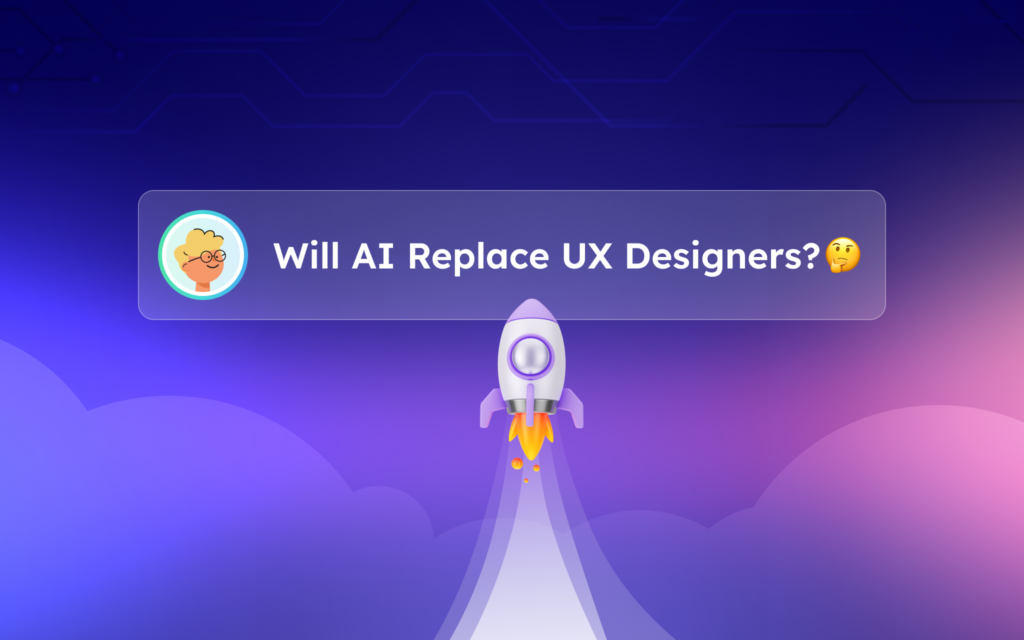
With AI on the rise, some worry that AI might replace UX designers. In reality, it’s more like an assistant than a rival.
AI tool as a Time-Saving Tool
Instead of spending hours on repetitive tasks, you can use AI to automate them. AI learns patterns, extracts keywords from interviews, and summarizes data into insights, transforming design concepts into functional mockups for fast iteration and testing. It also generates diagrams and mind maps based on your input, helping you visualize user flows and create multiple design variations for efficient testing and refinement.
With this extra time, you can focus on deep work such as competitor analysis, update with new design trends, and do what you love: being creative and strategic. Let AI handle the tedious stuff so you can spend more time crafting amazing user experiences.
Brainstorming faster with Generative AI
One of the Generative AI abilities is to turn ideas into tangible designs quickly. Designers can take their concepts from screenshots or hand-drawn sketches and convert them into editable web app or mobile app designs within minutes. Additionally, AI can quickly analyze user feedback and create design suggestions, often called Text to Design. This means designers can explore more ideas, add detailed information, and communicate their designs more effectively.
A Partnership of Human and AI
Just as a skilled team thrives when everyone plays their part, UX design excels with a human-AI partnership. AI acts as an assistant, handling the groundwork so you can focus on creative vision and user experience. This collaboration creates a more efficient and productive workflow for UX professionals.
The Future of UX Design with AI: From Task to Strategy
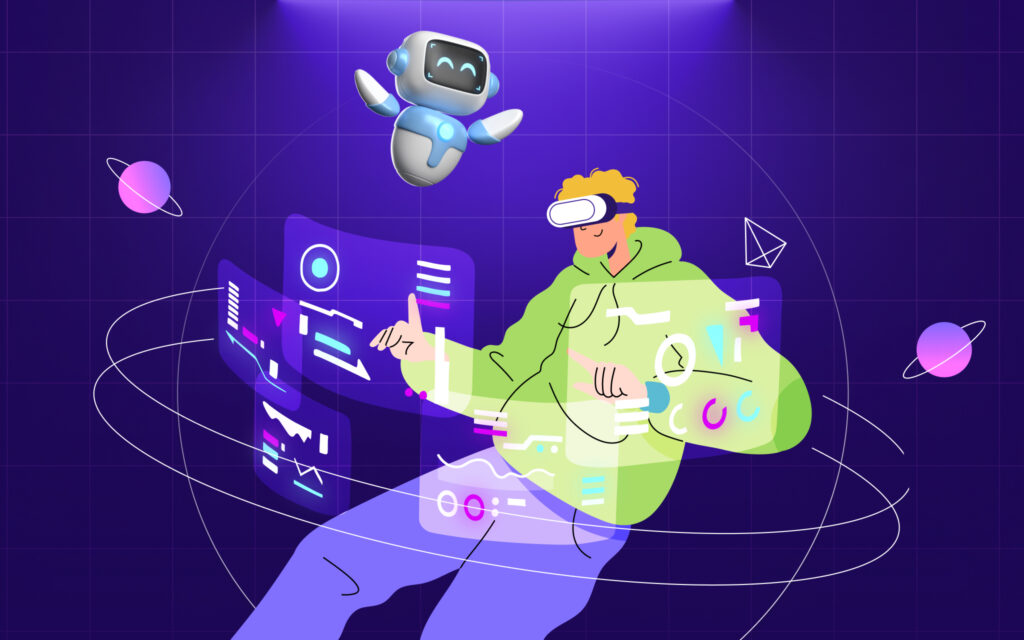
AI has a lot of potential to change UX design. It will bring many new trends that will change how designers work.
UX designers will move from doing the same things over and over to managing AI-driven processes in a strategic way, improving UI design.
That said, here are some emerging trends in user experience design that you shouldn’t miss.
- Personalized Experiences: AI customizes user interfaces based on individual preferences and behaviors, making interactions feel more personal and engaging. For instance, Netflix uses AI to recommend shows and movies tailored to each user’s viewing history.
- Predictive Design: AI can predict what users need before they even know it themselves, streamlining the UX process and making interfaces smoother and more intuitive. Amazon’s recommendation engine anticipates what products you might want to buy next based on your past purchases.
- Enhanced Accessibility: AI helps design for everyone, ensuring inclusivity for users with diverse needs. Voice assistants like Siri and Google Assistant make technology accessible to those who may have difficulty using traditional interfaces.
- Streamlined Workflows: AI speeds up the ideation and visual design process, making the design process quicker and more efficient. Tools like Visily AI, a UI generation platform, can generate high-fidelity wireframes based on text prompts. It also offers a range of AI-powered features to support various aspects of your design journey.
- Data-Driven Insights: With AI tools, designers get better insights into user behavior, leading to more informed and effective design decisions. Google Analytics uses AI to provide deeper insights into how users interact with websites.
Conclusion
The emergence of AI technology in UX design marks a transition towards a future that is more collaborative and creative. AI tools are not meant to replace human designers. They are meant to help users improve their skills by making things easier, helping them understand more, and letting them talk to each other in a more personalized way.
With AI tools handling repetitive tasks, designers can focus on strategic elements, creating more user-centered and efficient interfaces. The future of UX design looks promising as AI continues to evolve, opening up new possibilities for UX designers to build exceptional user experiences through the blend of human creativity and advanced technology.




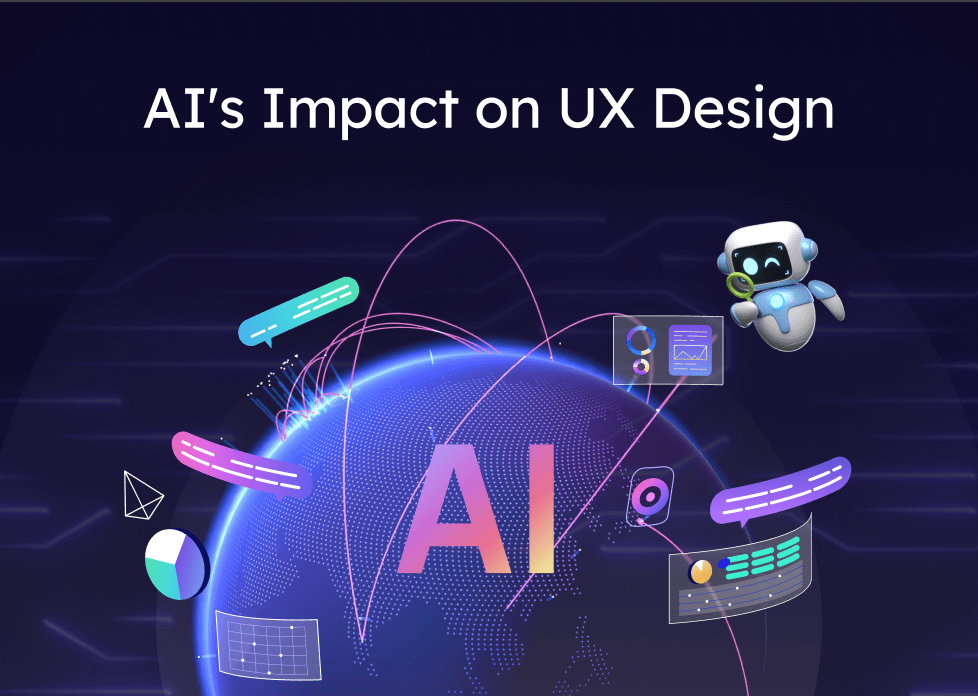
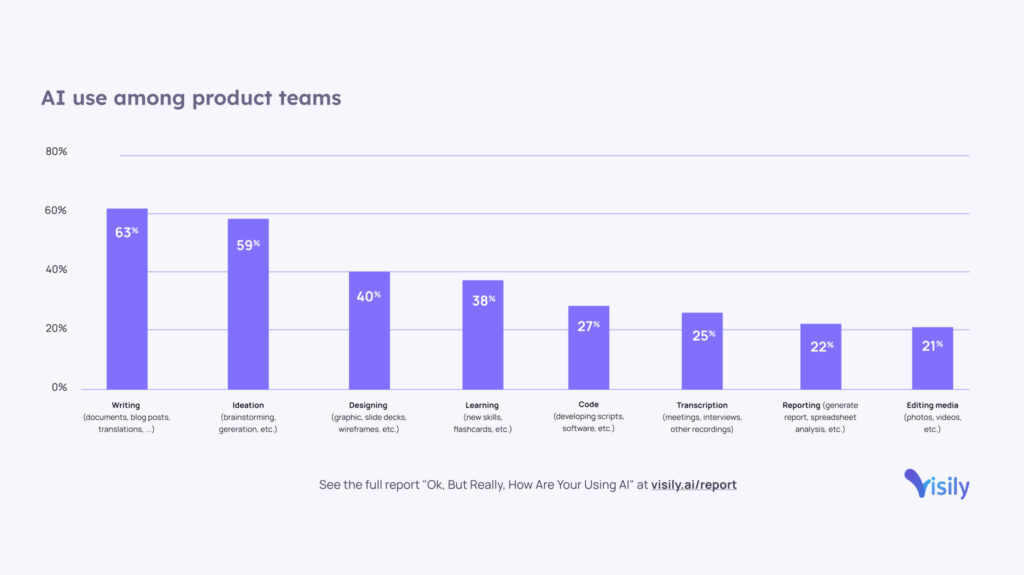
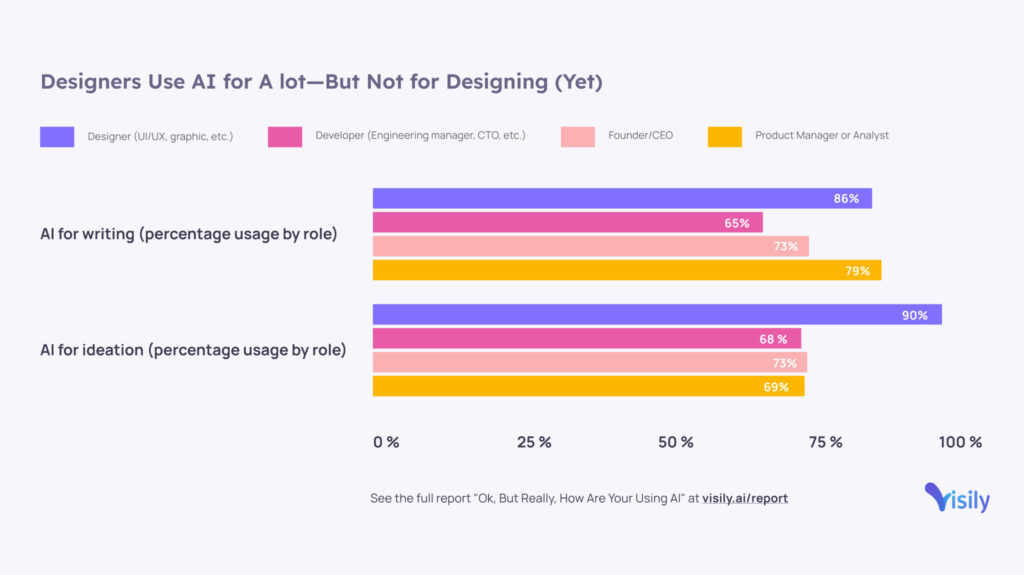
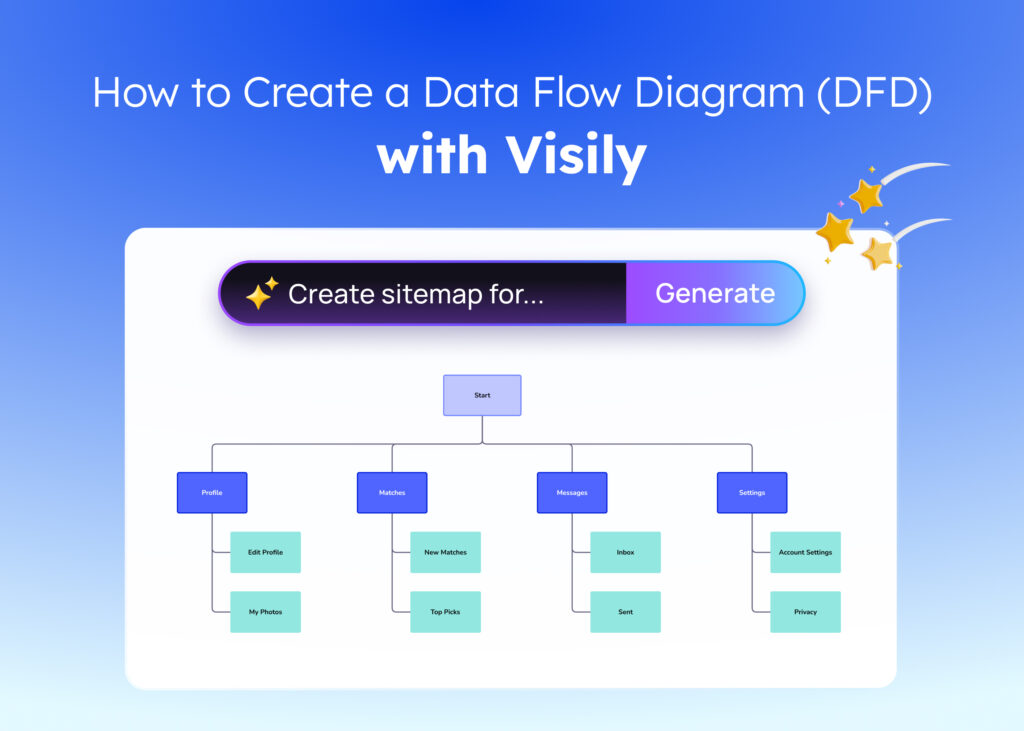
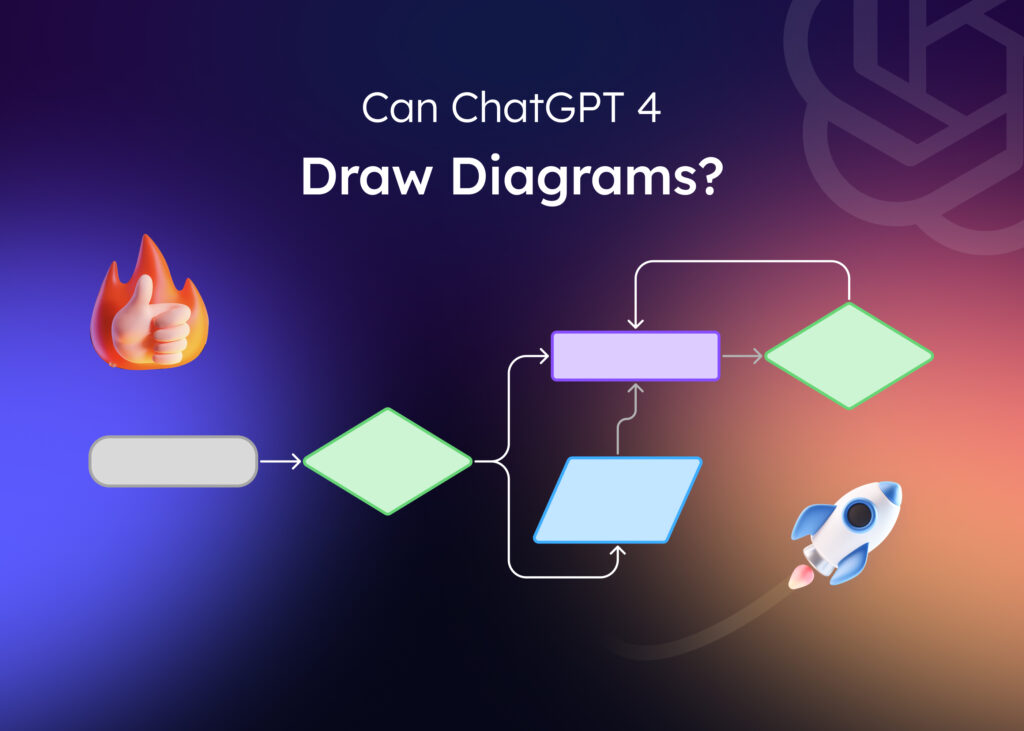
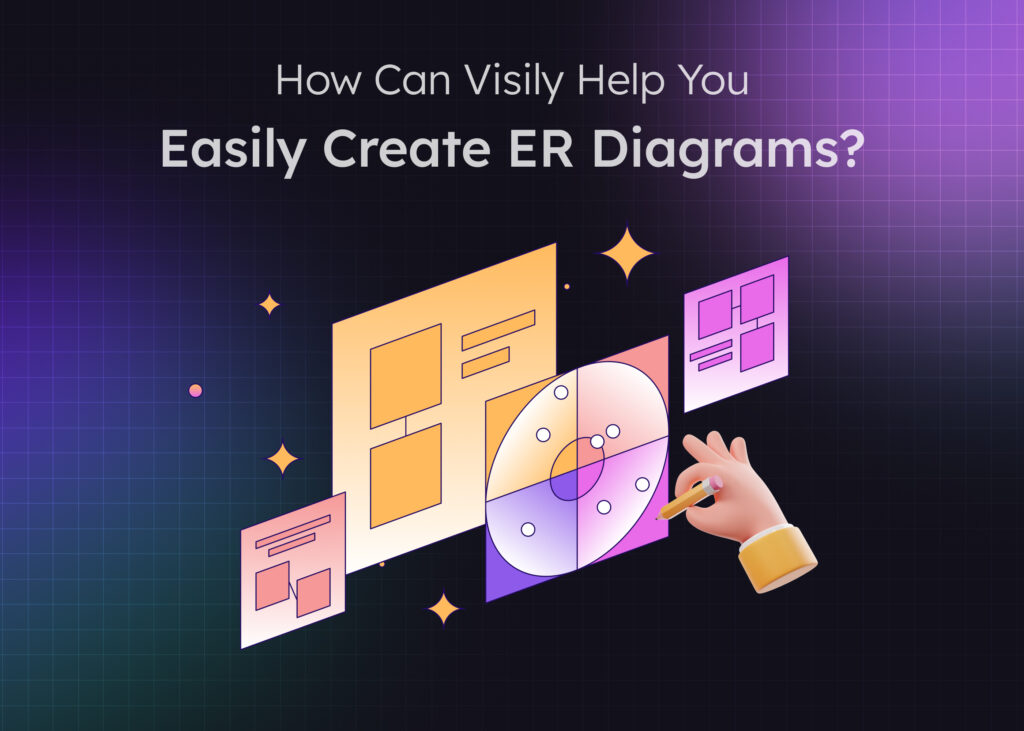
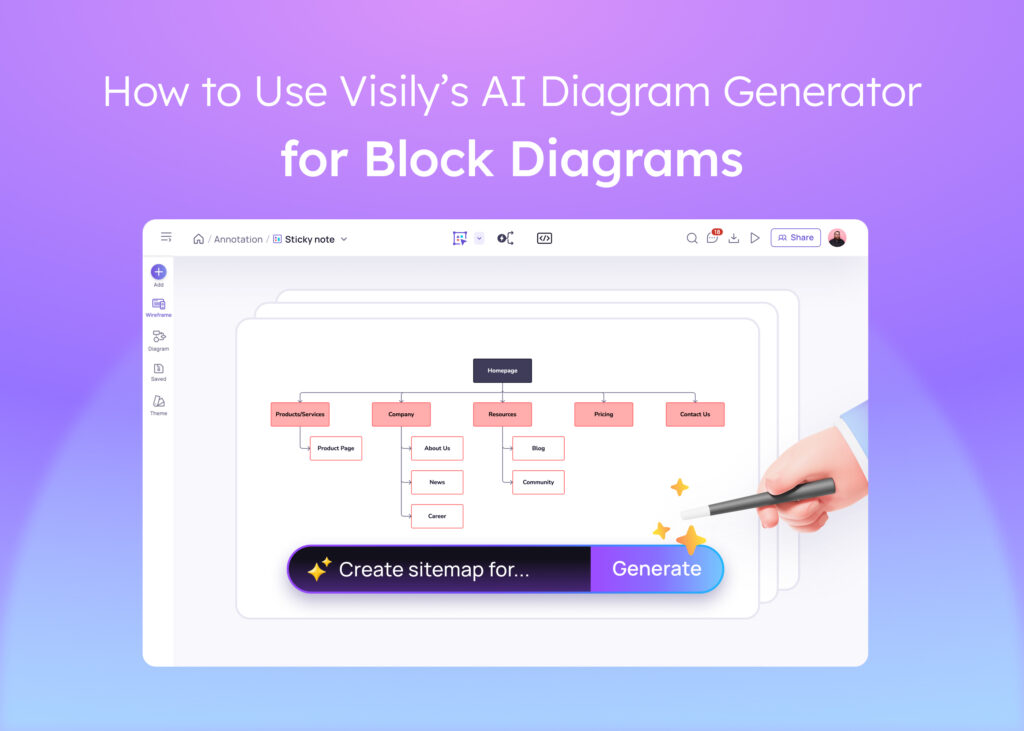
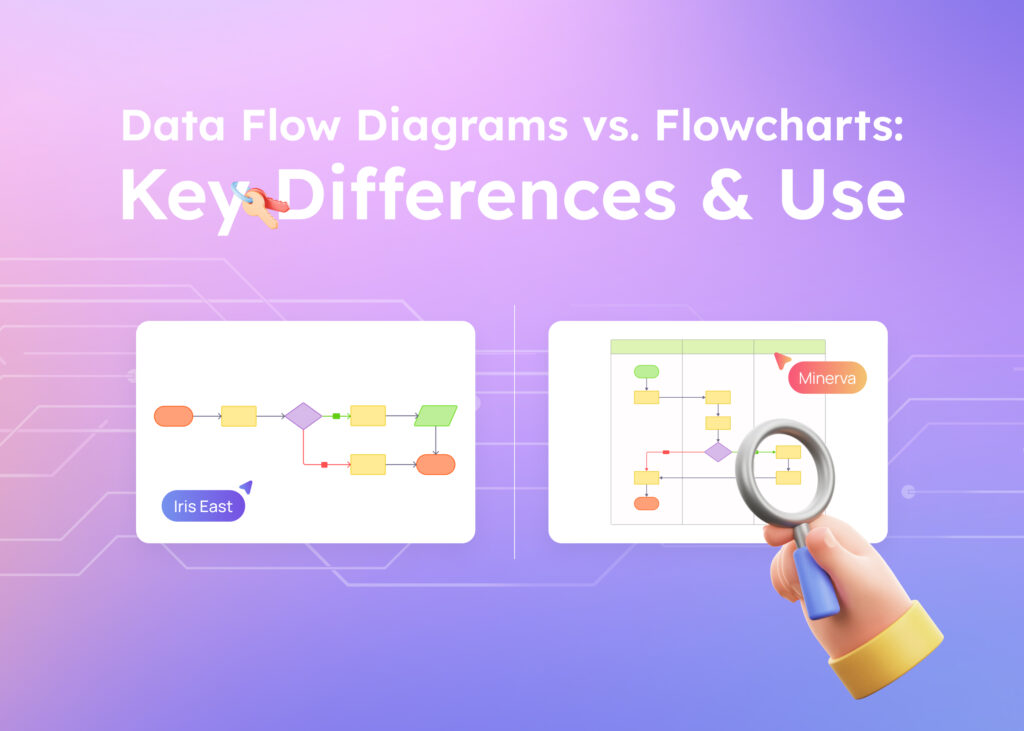
 , check us out
, check us out


